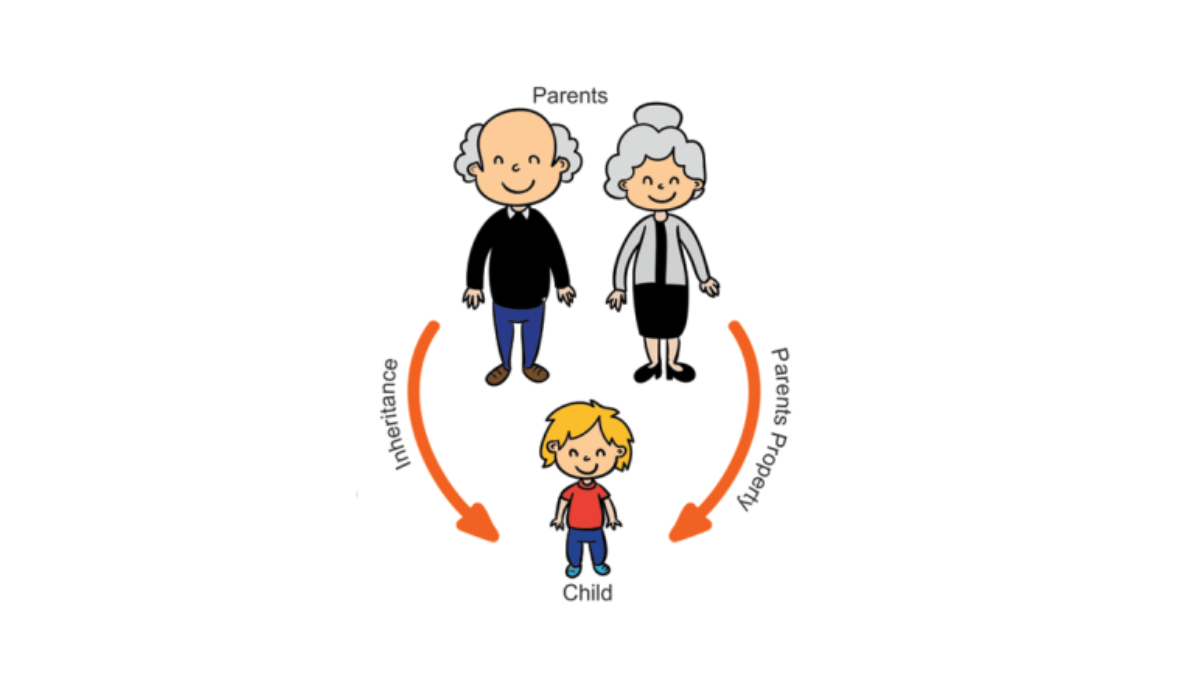Inheritance is one of the core concepts of object-oriented programming (OOP), and Java is a language that heavily relies on this concept. In this comprehensive article, we’ll delve into what inheritance is, how to achieve it in Java, its use cases, and best practices.
What is Inheritance?
Inheritance is a mechanism in OOP that allows a new class to inherit properties and behaviors (attributes and methods) from an existing class, referred to as the superclass or parent class. The new class, known as the subclass or child class, can reuse and extend the functionality of the superclass, promoting code reusability and organization.
Inheritance facilitates the creation of hierarchical relationships among classes, where more specialized classes inherit characteristics from more general ones.
How to achieve Inheritance?
In Java, inheritance is achieved through the use of classes. Here are the key components and concepts related to inheritance.
Superclass ( Parent Class )
A superclass is the class whose properties and methods are inherited by other classes. It serves as the template or blueprint for creating subclasses.
class Animal
{
void eat()
{
System.out.println("Animal is eating");
}
}In this example, Animal is the superclass with an eat() method.
Subclass ( Child Class )
A subclass is a class that inherits properties and methods from a superclass. It can also add its own attributes and methods or override the ones inherited from the superclass.
class Dog extends Animal
{
void bark()
{
System.out.println("Dog is barking");
}
}Here, Dog is the subclass of Animal and inherits the eat() method while adding its own bark() method.
extends Keyword
In Java, the extends keyword is used to establish an inheritance relationship between a subclass and a superclass.
class Dog extends Animal {
// ...
}Method Overriding
Subclasses can override (provide their own implementation for) methods inherited from the superclass. This is achieved using the @Override annotation.
class Cat extends Animal
{
@Override
void eat()
{
System.out.println("Cat is eating");
}
}In this example, the Cat class overrides the eat() method inherited from Animal.
When to use Inheritance?
- Code Reusability
- Inheritance allows you to create new classes that inherit attributes and methods from existing classes. This promotes code reusability by avoiding the duplication of code.
- Model Hierarchies
- Inheritance is useful for modeling real-world hierarchies. For instance, you can have a
Vehiclesuperclass with subclasses likeCar,Bike, andTruck. Each subclass inherits common properties fromVehiclewhile adding their specific attributes and methods.
- Inheritance is useful for modeling real-world hierarchies. For instance, you can have a
- Polymorphism
- Inheritance plays a crucial role in achieving polymorphism. You can use a reference to a superclass to refer to objects of any subclass, enabling flexibility in your code.
- Method Overriding
- Subclasses can override methods from the superclass to provide specialized behavior. This is essential for customizing the behavior of objects in your program.
Best Practices for Inheritance
While inheritance is a powerful tool, it should be used judiciously to ensure clean and maintainable code.
- Favor Composition over Inheritance
- In some cases, composition (using objects of other classes) can be a better choice than inheritance. This avoids creating deep and complex class hierarchies.
- Follow the “is-a” relationship
- Inheritance should represent an “is-a” relationship. A subclass should be a more specialized version of the superclass. If this relationship does not hold, reconsider your design.
- Avoid deep Inheritance hierarchies
- Deep hierarchies can lead to maintenance challenges and increased complexity. Keep your inheritance hierarchies reasonably shallow.
- Use
superkeyword thoughtfully - When overriding methods in a subclass, use the
superkeyword to call the superclass’s version of the method when necessary. This helps prevent unintended behavior.
We have explored the core principles of Object-Oriented Programming (OOP) and how they shape the structure of software systems. To effectively leverage the power of OOP, it’s crucial to practice and apply these concepts in your programming endeavors.




